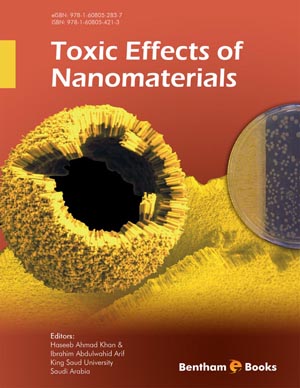Abstract
TiO2 and amorphous SiO2 nanoparticles have been described as ‘safe’, ‘non-toxic’ and ‘environment friendly’ in scientific literature. However, though toxicity data are far from complete, there is evidence that these nanoparticles are hazardous. TiO2 nanoparticles have been found hazardous to humans on inhalation, ingestion and dermal exposure. Ecotoxicity at levels of TiO2 nanoparticles which are expected in the environment has also been found. Amorphous SiO2 nanoparticles appear to be hazardous to humans on inhalation and ingestion and there is some evidence for ecotoxicity of amorphous SiO2 nanoparticles. A main, though not the only, mechanism underlying the hazards of SiO2 and TiO2 nanoparticles may be the generation of reactive oxygen species. In view of the lack of scientific data pertinent to quantification of hazard and risk, a precautionary approach to production and usage of SiO2 and TiO2 nanoparticles has been advocated. Options for hazard reduction, such as coatings for TiO2 nanoparticles, functionalization for amorphous SiO2 nanoparticles and binding of nanoparticles to substrates, and risk reduction, including containment and membrane filtration, are discussed.
Keywords: Nanoparticle, Silica, Titania, TiO2, SiO2, Hazard, Toxicity, Ecotoxicity, Safety, Reactive oxygen species, Hazard reduction, Risk reduction, Precautionary principle.




















